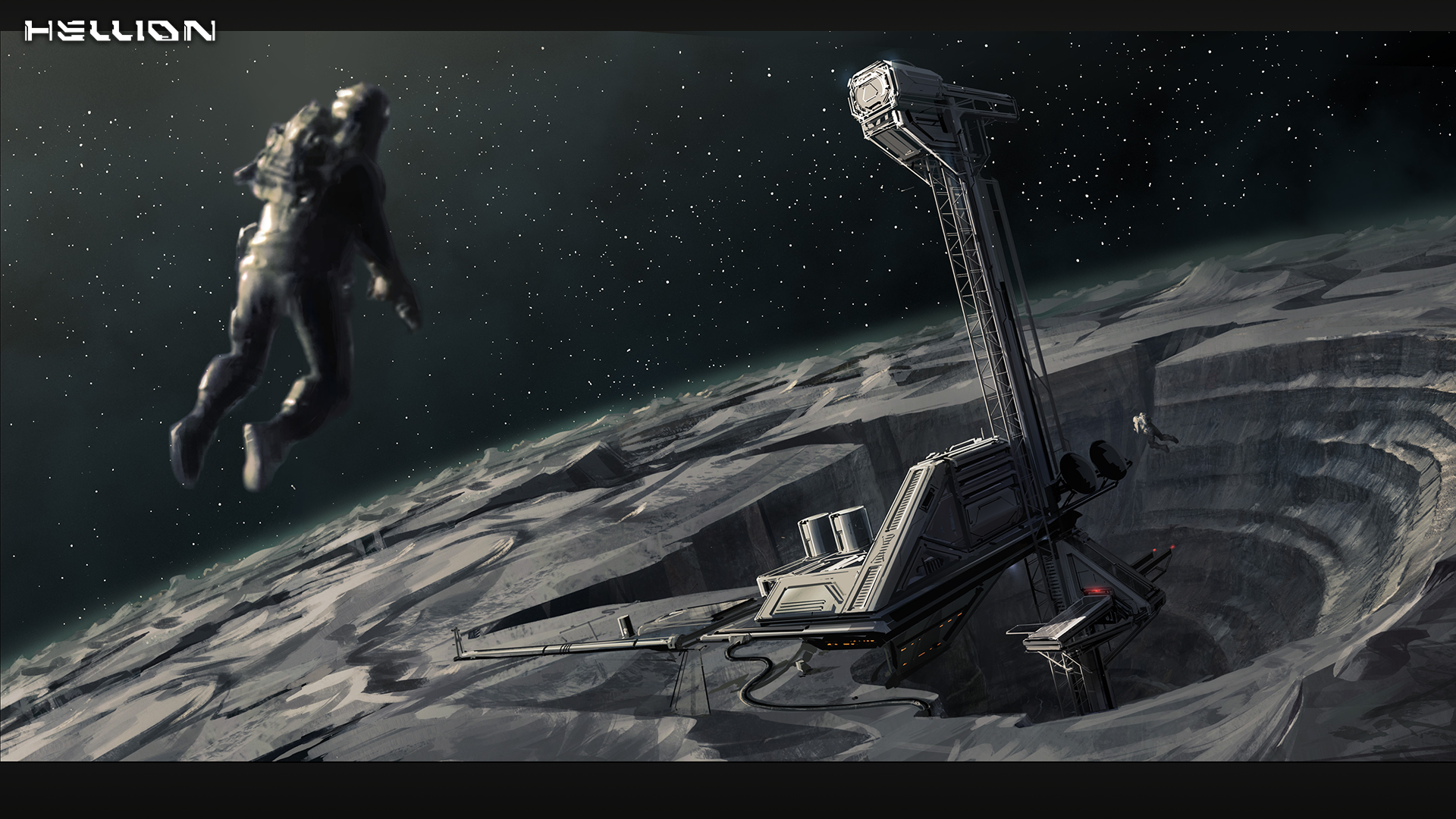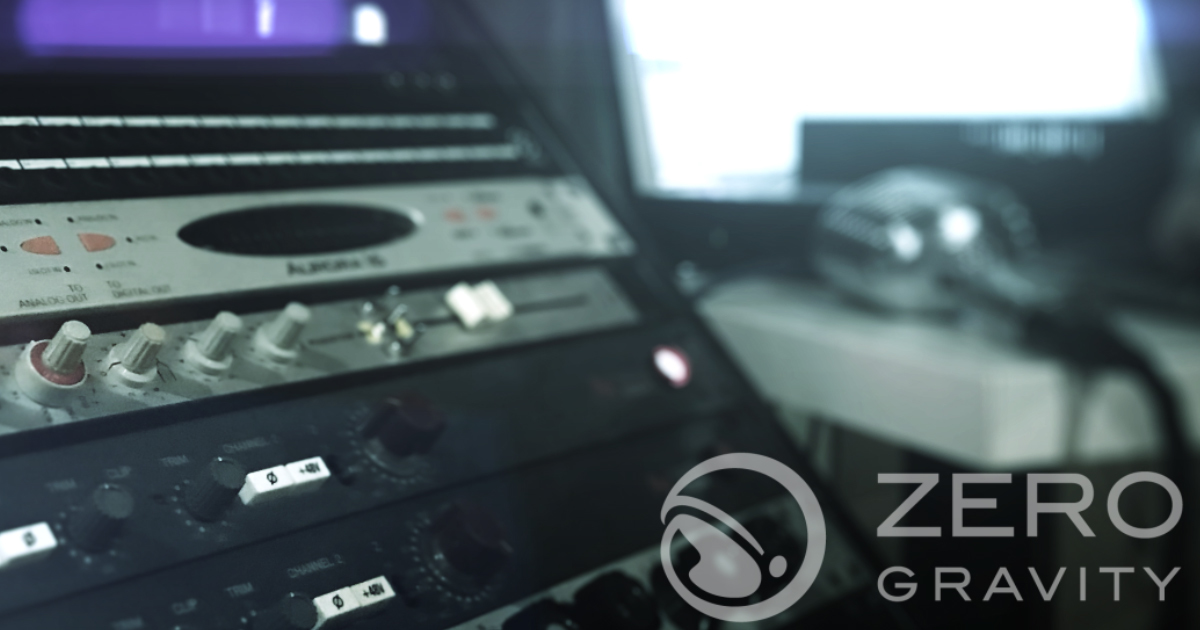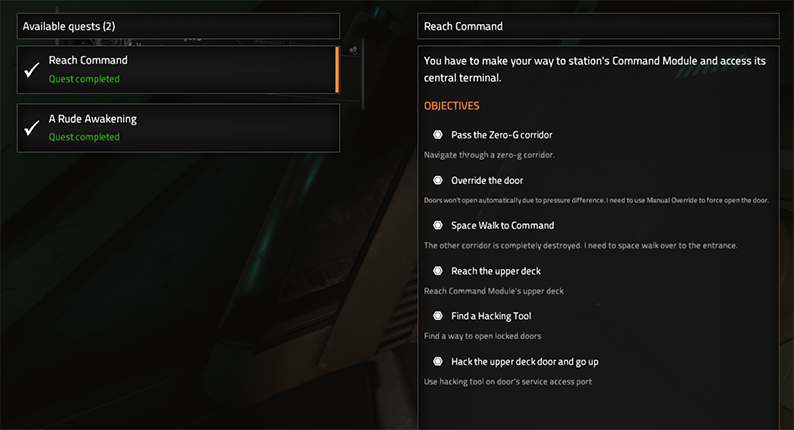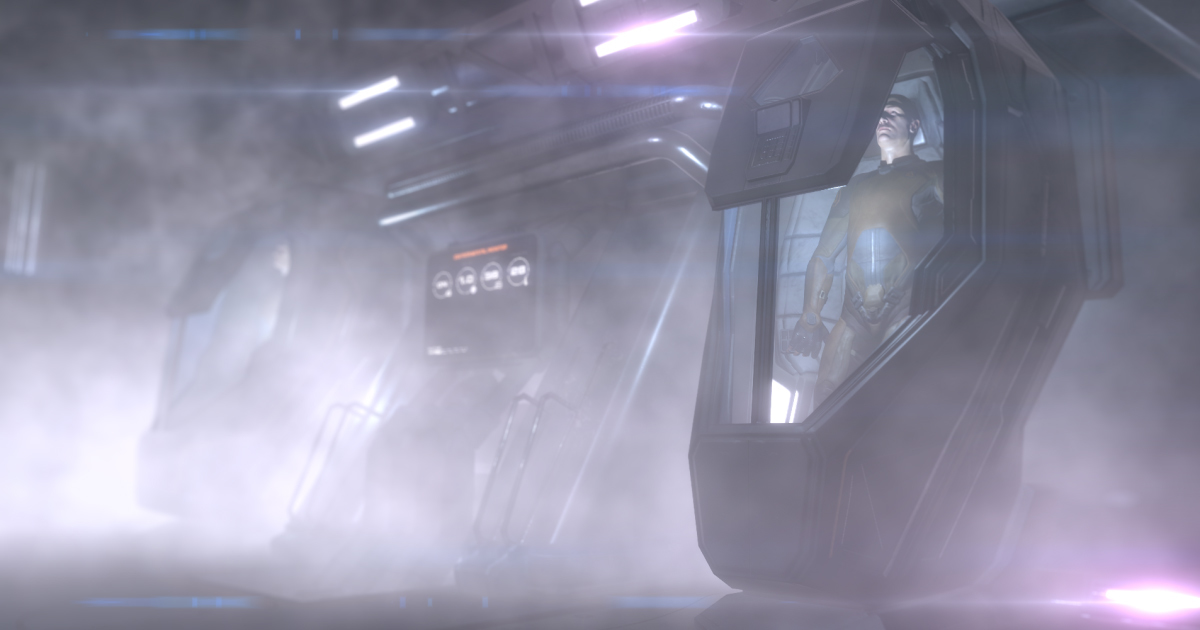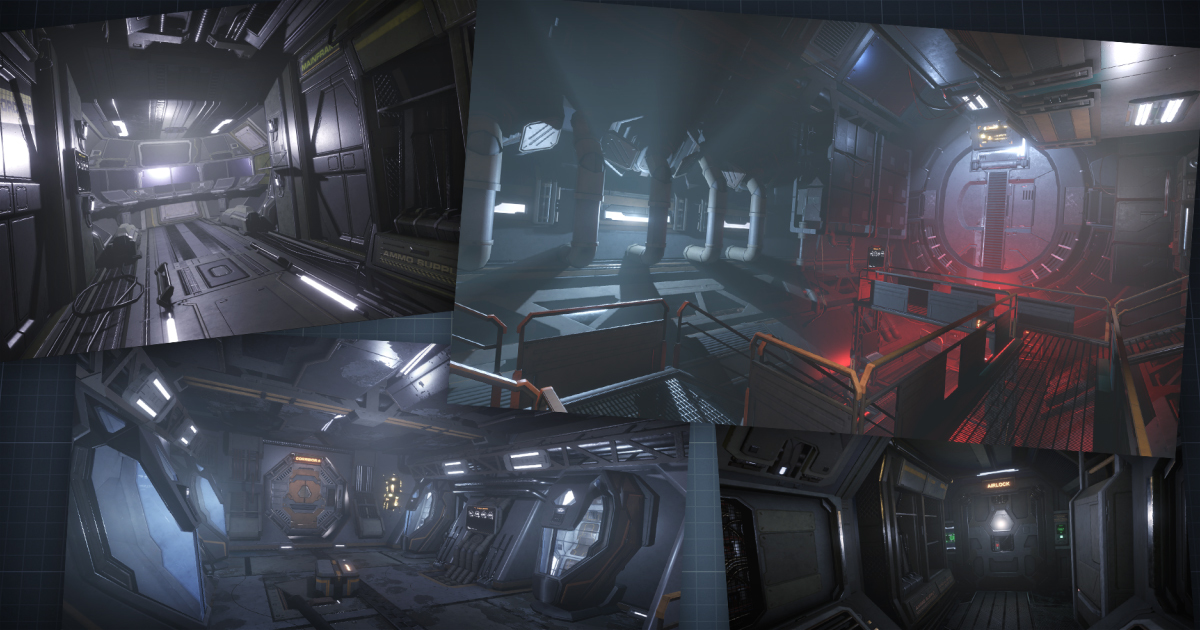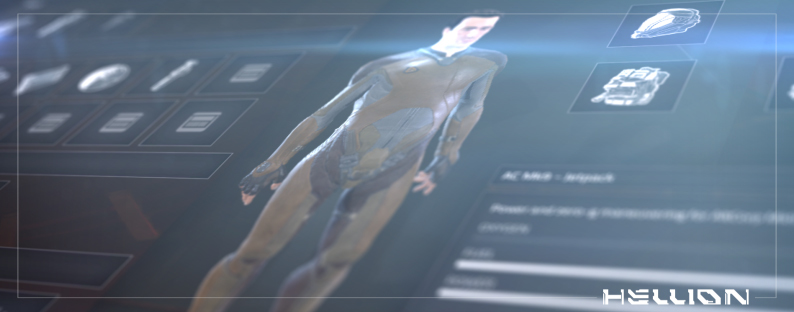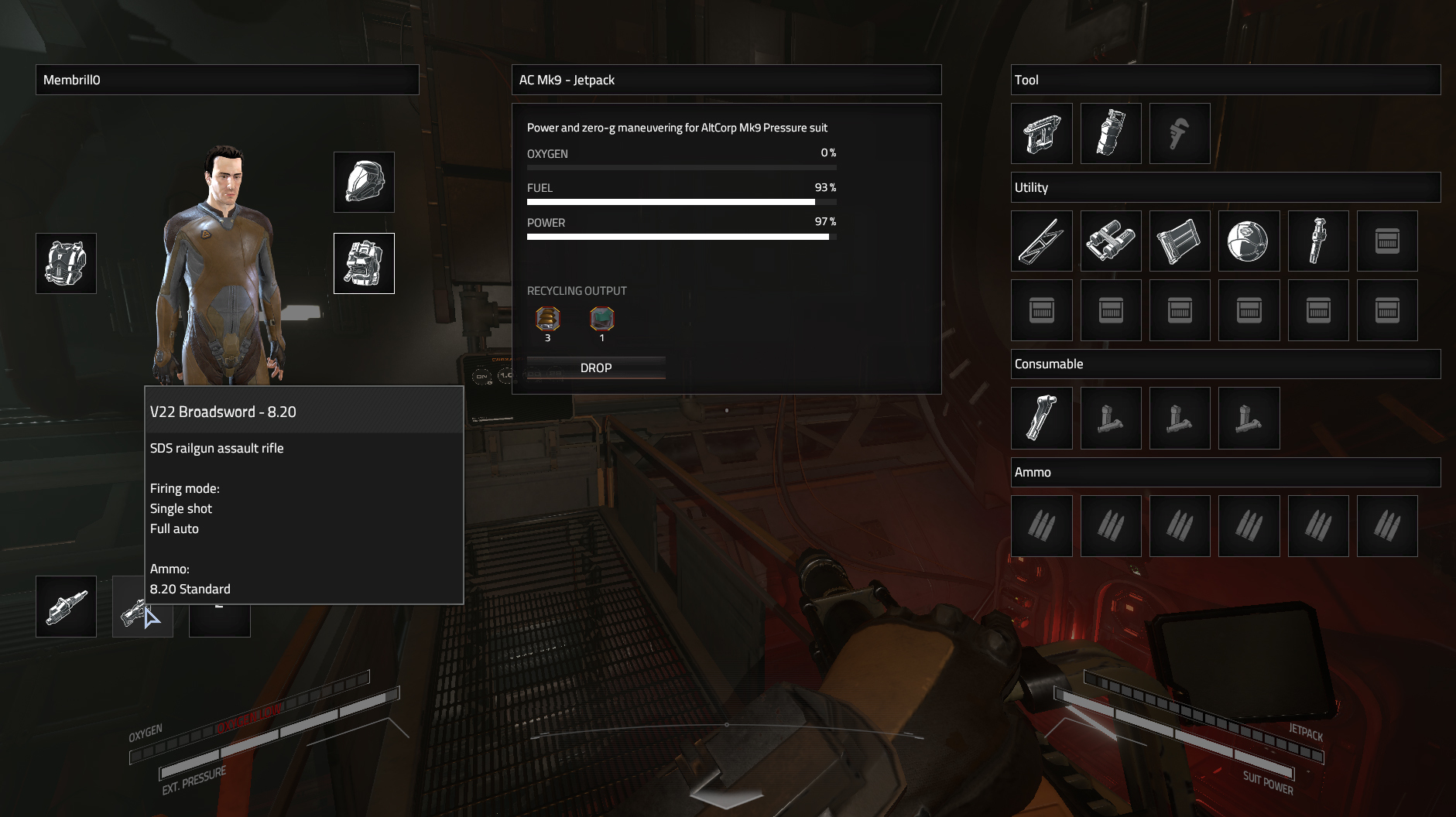
Nov 2, 2018
HELLION - ZG_Rick
Planets, planets… they are great, right? Well, with the Rude Awakening update they will look even better! And before you ask… No, we are not introducing planetary landings in Hellion. Hellion is about space, that unique feeling that you get when you turn off the lights, take a deep breath and jump into the Black… And we want to keep it that way.
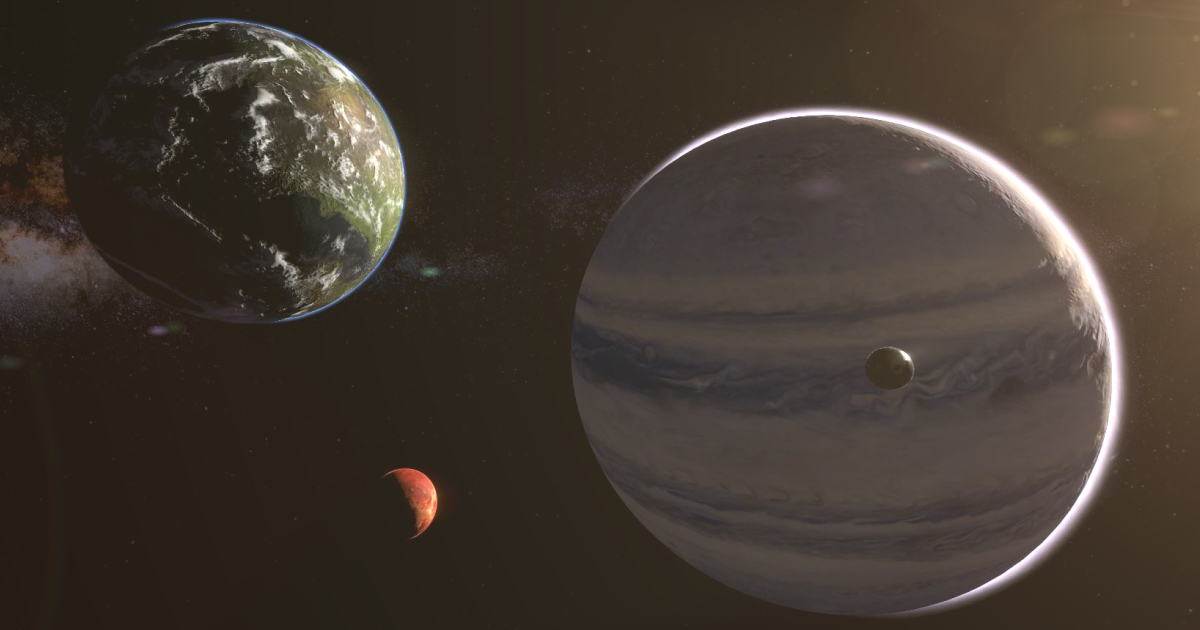
Now back to the planets... As you all know all planets in Hellion, excluding Bethyr and its moons, were simple placeholders. Now, with the new update, we have decided that it was about time to give all those celestial bodies a fresh new and somewhat exotic look. Whether you are an explorer or a scavenger, think about taking that vacuum proof camera with you making a few nice screenshots while visiting distant locations . Here’s a short overview covering some of the “other gas giants” and their moons.

In case you couldn’t tell from the image, this is Athnar, along with its two moons the dark one known as Ulgorath and bright red Tasciana. Athnar is what you would call a “scorched” giant, a planet that is now too close to the blazing inferno of its parent star. Long time ago Athnar lost much of its upper atmosphere during Hellion’s helium flash, a runaway fusion reaction that drastically increased Hellion’s temperature. This calamity lasted for only a few brief minutes but it was enough to completely destroy Nimath’s atmosphere all the way to its carbon core. So, in a way, you could say that Athnar and its moons got away easy.
Today this gas giant continues to bathe in the searing heat of Hellion and its ever burning atmosphere gives it a bright orange look.
But not all planets suffered as Nimath and Athnar. For some Hellion’s transition into a red giant proved to be quite beneficial. And that was the case of Hirath and its three moons, Iblith, Calipso and Enigma. The added heat and radiation coming from a once distant star melted this frozen giant’s cloud cover turning it into a hotbed of activity with powerful hurricanes and massive thunderstorms dancing in its night sky. But what of its moons?
Without any atmosphere to speak of, both Iblith and Calipso experienced little to no change and essentially remained just as they were in eons past.
But Enigma on the other hand, changed profoundly. Once frozen solid it began thawing during Hellion’s transformation. Nowdays it is located well inside Hellion’s “habitable zone” and shielded from excess radiation by its parent’s powerful magnetic field. With its vast oceans and moderate cloud coverage it remains the number one terraforming candidate in Hellion, with water covered Teiora coming in at close second and Eridil in the third spot with its toxic high pressure atmosphere.
That would be all for today. So long, and thanks for all the fis… erhm… planets.
Zero Gravity

Now back to the planets... As you all know all planets in Hellion, excluding Bethyr and its moons, were simple placeholders. Now, with the new update, we have decided that it was about time to give all those celestial bodies a fresh new and somewhat exotic look. Whether you are an explorer or a scavenger, think about taking that vacuum proof camera with you making a few nice screenshots while visiting distant locations . Here’s a short overview covering some of the “other gas giants” and their moons.

In case you couldn’t tell from the image, this is Athnar, along with its two moons the dark one known as Ulgorath and bright red Tasciana. Athnar is what you would call a “scorched” giant, a planet that is now too close to the blazing inferno of its parent star. Long time ago Athnar lost much of its upper atmosphere during Hellion’s helium flash, a runaway fusion reaction that drastically increased Hellion’s temperature. This calamity lasted for only a few brief minutes but it was enough to completely destroy Nimath’s atmosphere all the way to its carbon core. So, in a way, you could say that Athnar and its moons got away easy.
Today this gas giant continues to bathe in the searing heat of Hellion and its ever burning atmosphere gives it a bright orange look.
But not all planets suffered as Nimath and Athnar. For some Hellion’s transition into a red giant proved to be quite beneficial. And that was the case of Hirath and its three moons, Iblith, Calipso and Enigma. The added heat and radiation coming from a once distant star melted this frozen giant’s cloud cover turning it into a hotbed of activity with powerful hurricanes and massive thunderstorms dancing in its night sky. But what of its moons?
Without any atmosphere to speak of, both Iblith and Calipso experienced little to no change and essentially remained just as they were in eons past.
But Enigma on the other hand, changed profoundly. Once frozen solid it began thawing during Hellion’s transformation. Nowdays it is located well inside Hellion’s “habitable zone” and shielded from excess radiation by its parent’s powerful magnetic field. With its vast oceans and moderate cloud coverage it remains the number one terraforming candidate in Hellion, with water covered Teiora coming in at close second and Eridil in the third spot with its toxic high pressure atmosphere.
That would be all for today. So long, and thanks for all the fis… erhm… planets.
Zero Gravity








